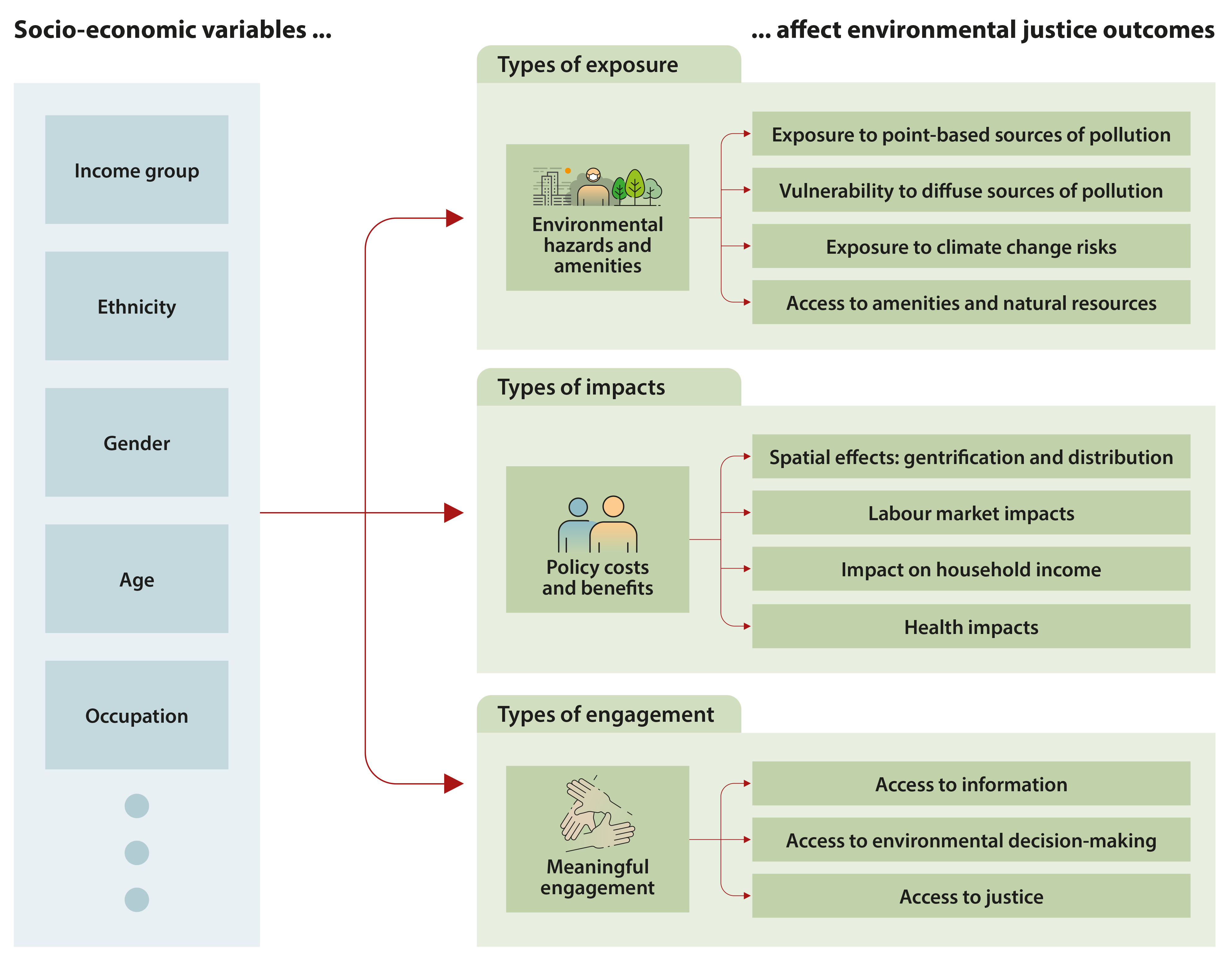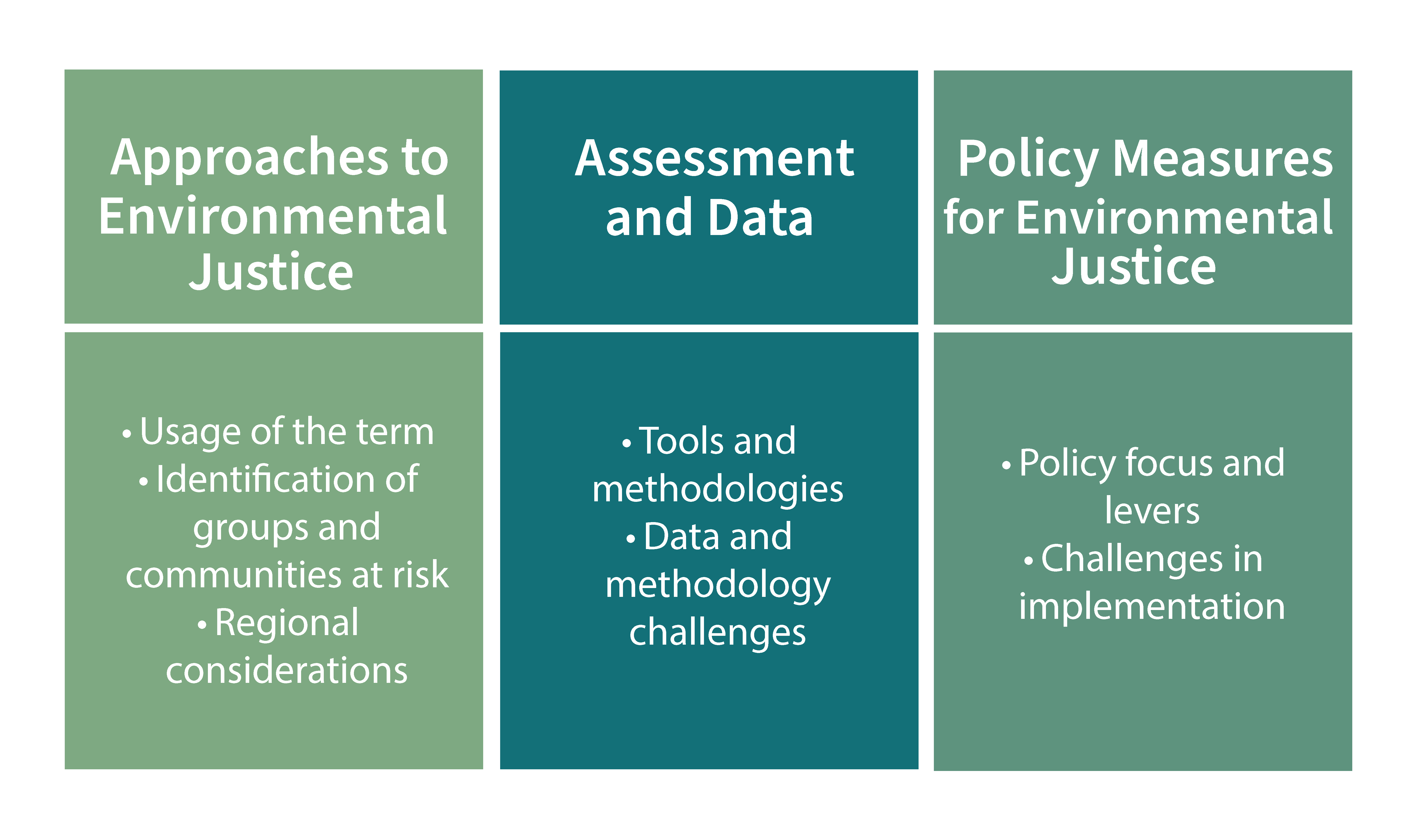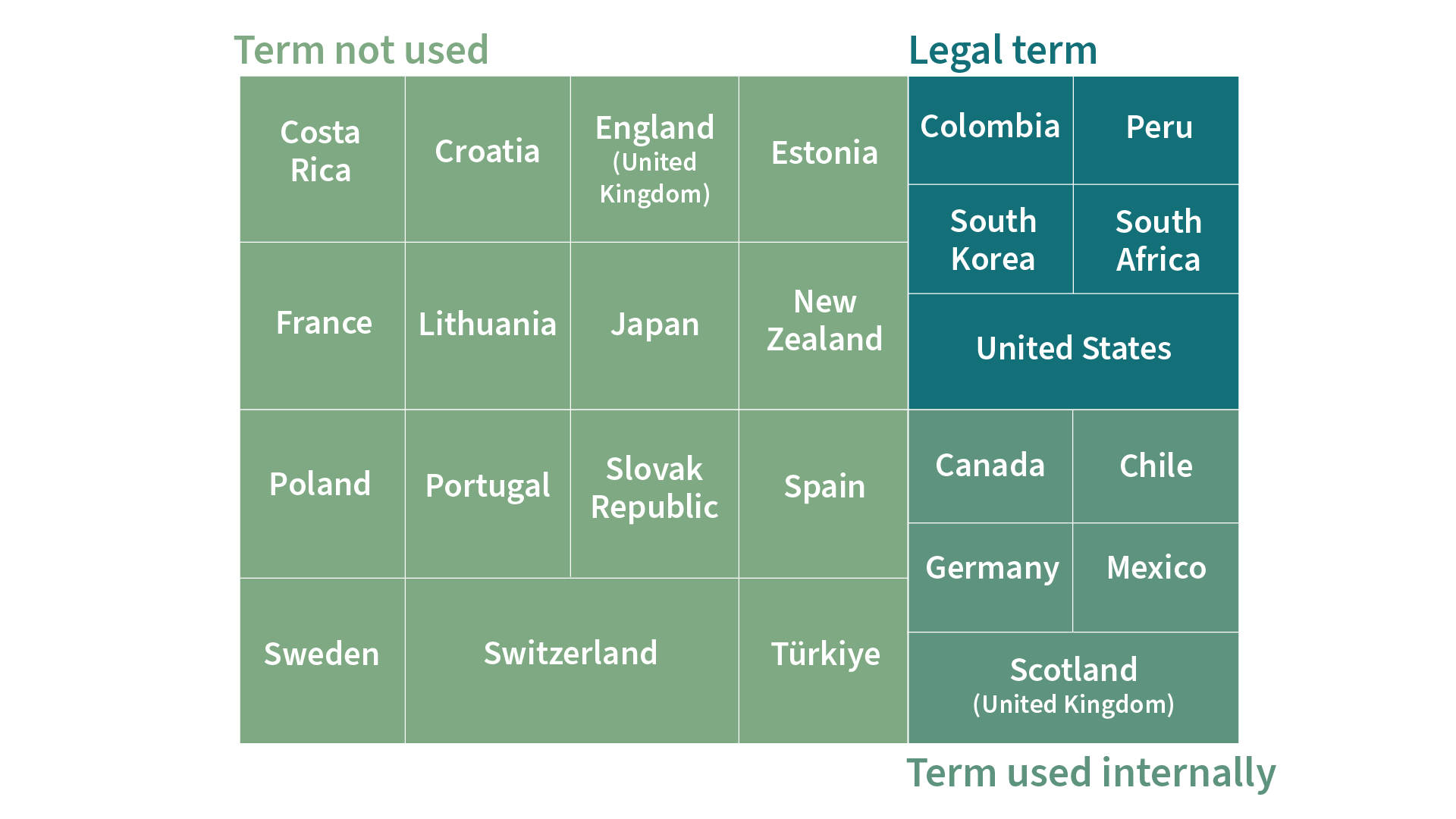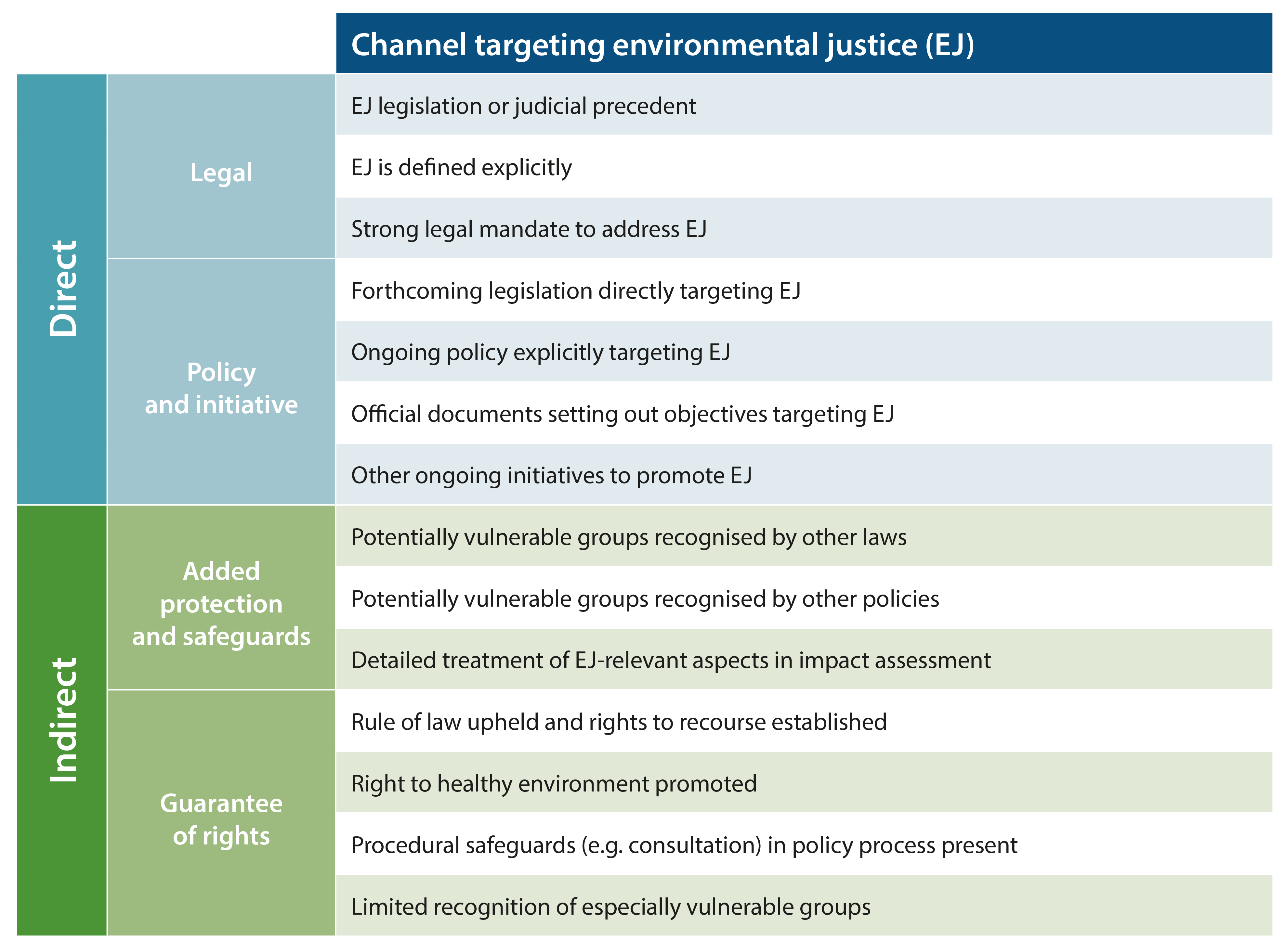While no universal definition of environmental justice exists, it seeks to redress an array of recurring challenges faced by various communities and groups. These challenges include disproportionate exposure to environmental hazards and the subsequent adverse health effects resulting from such exposure, unequal access to environmental amenities, and concerns about the distributional implications of environmental policies. These concerns can be further exacerbated by the lack of meaningful engagement and legal recourse for the affected communities.
Environmental justice
There is mounting evidence that, depending on social and economic circumstances, some communities and groups may be exposed to more environmental hazards, bear a greater share of the costs associated with environmental policies and face more barriers to participating in environmental decision-making. As countries increase their efforts to tackle biodiversity loss, pollution and climate change, the concept of environmental justice can shed light on how to ensure fairness in the processes and outcomes of environmental policymaking. The OECD provides a forum for policymakers to support these efforts.

The OECD's work on environmental justice
How do environmental justice concerns manifest?

How are governments identifying, assessing and addressing environmental justice concerns?
The OECD Environmental Justice Survey was conducted to identify the similarities and differences between country approaches to environmental justice. The survey was sent out to OECD member countries, the European Commission and several non-member countries between September 2023 and February 2024. It consisted of 20 questions and focused on three key themes: (i) approaches to environmental justice, (ii) assessments and data, (iii) policy measures for environmental justice.
In total, 25 countries [Canada, Chile, Colombia, Costa Rica, Croatia, Estonia, France, Germany, Japan, Korea, Lithuania, Mexico, New Zealand, Peru, Poland, Portugal, Slovak Republic, South Africa, Spain, Sweden, Switzerland, Türkiye, United Kingdom (where separate responses were received from England and Scotland), the United States] and the European Commission provided responses to the Survey.

Explore the findings
The term “environmental justice” is relatively uncommon among national administrations
Ten of the 25 countries surveyed used the term environmental justice; of these, four used the term internally (Chile, Germany, Mexico, Scotland), four considered environmental justice in pre-existing legislation (South Africa, Korea, Peru, United States), one had a definition derived from the judiciary (Colombia), and another had an environmental justice bill pending enactment (Canada).

Countries deploy different approaches to advance environmental justice
Direct approaches to environmental justice can entail executive orders or legislation (the United States and Korea),judicial precedent (Colombia), or policies and initiatives (Germany). Meanwhile, indirect approaches often ground environmental justice in guaranteeing rights such as to the enjoyment of a healthy environment (Croatia) and providing additional protection to vulnerable groups through anti-discrimination law or detailed impact assessments (the United Kingdom).

Most countries address environmental justice concerns through reducing barriers to participation in environmental decision-making
The survey revealed that most countries have policy measures that seek to reduce barriers to participation in environmental decision-making. However, less than half of countries surveyed have policy measures in place to reduce inequitable burden of economic costs of environmental policy. This is an important oversight that warrants attention. Without thoughtful considerations of pre-existing vulnerabilities, otherwise desirable – and increasingly necessary – environmental policy can stretch the fabric of society as countries engage in the transition to more environmentally sustainable economies.
How can countries better assess and address environmental justice concerns?
Countries can draw lessons from:
- Screening tools and methodologies, developed in different countries. By overlaying environmental and socioeconomic data at national and local levels, policymakers can better identify communities and groups at risk.
- Innovative approaches undertaken to target vulnerable communities. Culturally-informed approaches to community consultations can ensure meaningful engagement of the most affected groups.
- Synergistic applications of policy levers to consider environmental justice concerns. Broad-based considerations – including spatial planning, transport and health policies – can advance more equitable policy design.
Related events
Subscribe to our newsletter
The OECD regularly publishes newsletters featuring the latest publications, analysis, events, Green Talks LIVE webinars, articles and blogs related to environment.


